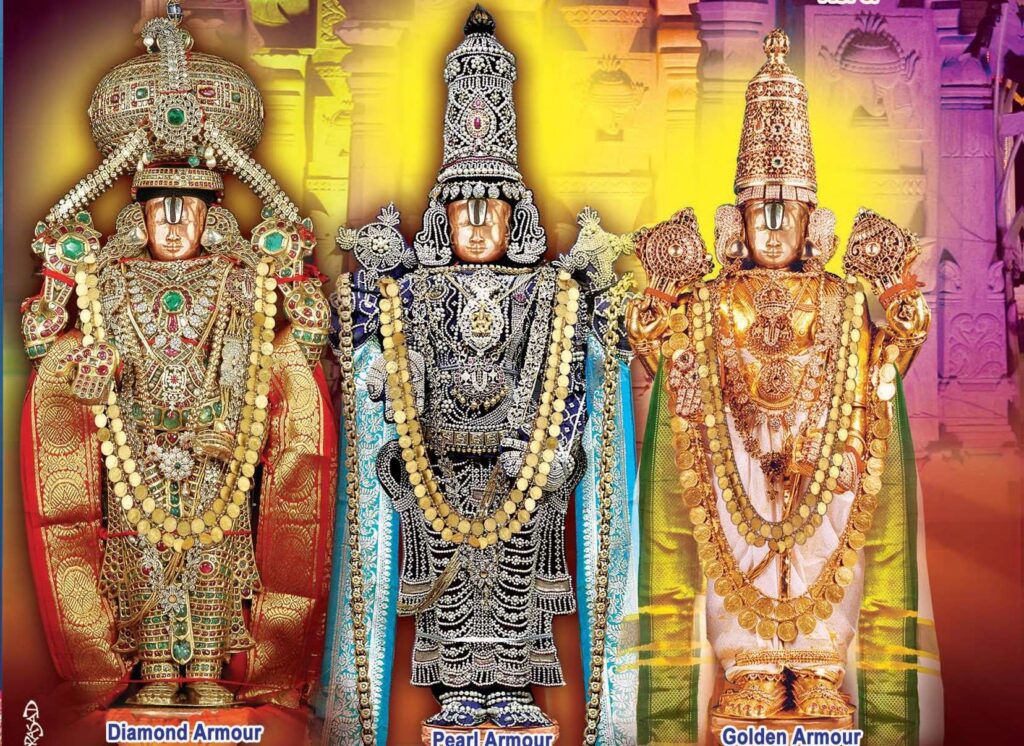Jyeshtabhishekam 2025 / Abhideyaka Abhishekam Jyeshtabhishekam is an annual ritual performed to Sri Malayappa Swami along with Sridevi and Bhudevi at Tirumala in the Jyeshta masam (May / June). This year, Jyeshtabhishekam at Tirumala Temple from 09-06-2025 to 11-06-2025. Jyeshta Star Jyeshta means ‘Elder’ in Sanskrit. You would have heard the phrase ‘Jyeshta bratha pitasamah’, or Read More
Tag: Vajrakavacham
Jyeshtabhishekam at Tirumala 2024
Jyeshtabhishekam at Tirumala 2024 / Abhideyaka Abhishekam Jyeshtabhishekam to Sri Malayappa Swami along with His Consorts From 19-06-2024 to 21-06-2024 Jyeshta Star Jyeshta means ‘Elder’ in Sanskrit. You would have heard the phrase ‘Jyeshta bratha pitasamah’, or the elder brother is akin to one’s father. In Vishnu Sahasranama, we have the Lord referred to as Read More

